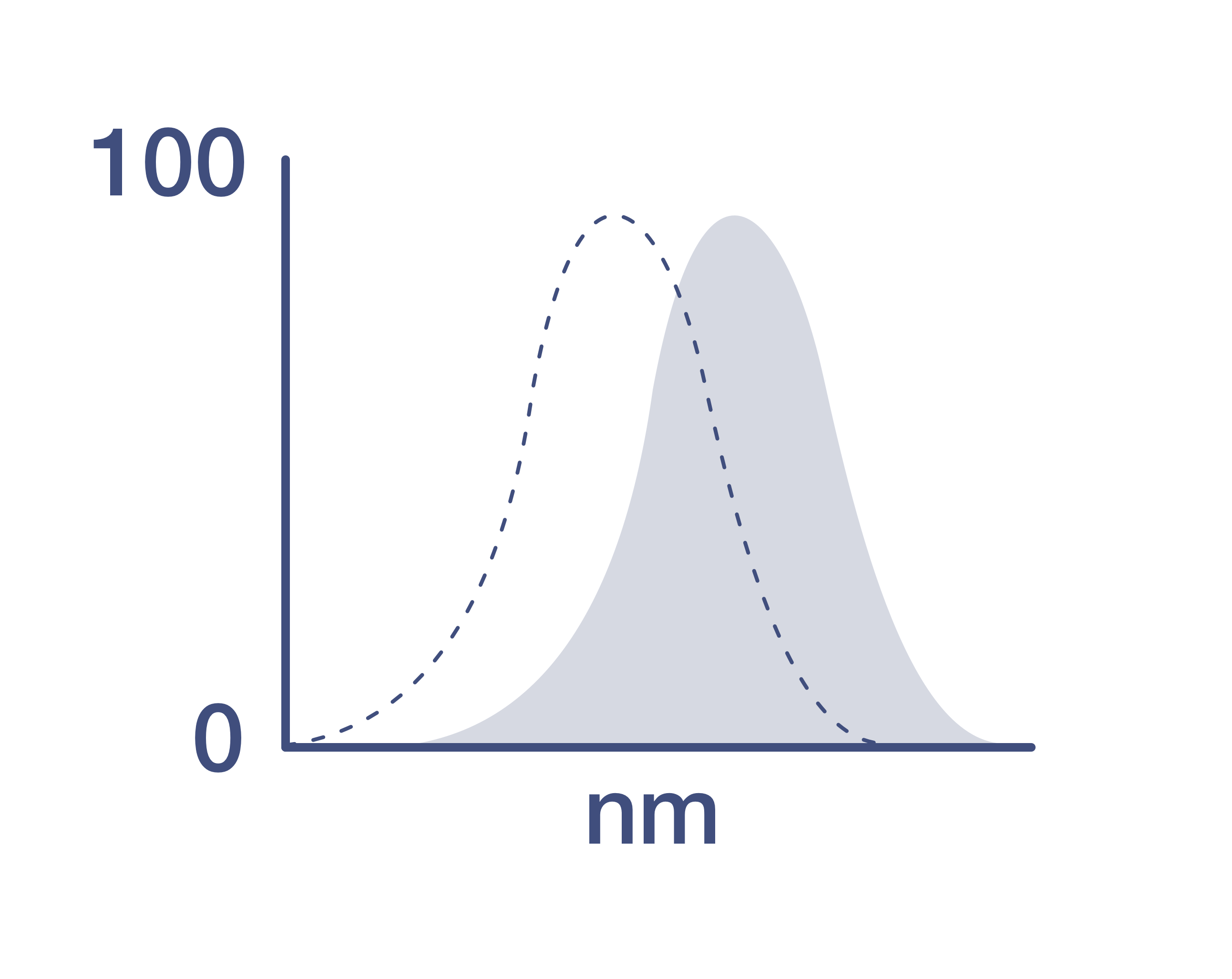Search Thermo Fisher Scientific
Invitrogen
NOTCH4 Monoclonal Antibody (HMN4-14), PE, eBioscience™
Product Details
12-5764-80
Species Reactivity
Published species
Host/Isotype
Recommended Isotype Control
Class
Type
Clone
Conjugate
Excitation/Emission Max
Form
Concentration
Purification
Storage buffer
Contains
Storage conditions
Shipping conditions
RRID
Product Specific Information
Description: This HMN4-14 monoclonal antibody reacts with mouse Notch4, one of four members of the Notch family of receptors. Notch receptors are 300-kDa single-pass transmembrane proteins. While the extracellular domain contains numerous epidermal growth factor-like repeats for ligand binding, the intracellular domain is involved in cell signaling. Upon binding its membrane-bound ligand (either Delta or Jagged), the Notch receptor undergoes proteolytic cleavage, first by ADAM-family metalloproteases and then by gamma-secretase. The second cleavage event releases the Notch intracellular domain (NICD), which subsequently translocates into the nucleus, forms a ternary complex with the DNA-binding transcription factor CSL (CBF-1, Su(H), Lag-1) and the coactivator Mastermind, and ultimately activates transcription.
Notch 4 has been shown to be expressed in CD8+ splenic dendritic cells, endothelial cells (e.g. vascular smooth muscle cells), and macrophages. A truncated, constitutively active form of Notch 4 designated Int3 also exists in mice as a result of the mouse mammary tumor virus (MMTV) insertion into the Notch 4 gene. Composed of the transmembrane and intracellular domains of Notch 4, Int3 has been reported to be involved in mammary gland development and tumorigenesis in the mouse. Finally, studies have shown Notch 4 involvement in myeloid proliferation, hematopoiesis, and embryonic endothelial development.
The HMN4-14 antibody is reported to also crossreact to rat and have activating properties.
Applications Reported: This HMN4-14 antibody has been reported for use in flow cytometric analysis.
Applications Tested: This HMN4-14 antibody has been tested by flow cytometric analysis of mouse splenocytes and Notch-4-transfected cells. This can be used at less than or equal to 1 µg per test. A test is defined as the amount (µg) of antibody that will stain a cell sample in a final volume of 100 µL. Cell number should be determined empirically but can range from 10^5 to 10^8 cells/test. It is recommended that the antibody be carefully titrated for optimal performance in the assay of interest.
Excitation: 488-561 nm; Emission: 578 nm; Laser: Blue Laser, Green Laser, Yellow-Green Laser.
Filtration: 0.2 µm post-manufacturing filtered.
Target Information
This gene encodes a member of the Notch family. Members of this Type 1 transmembrane protein family share structural characteristics including an extracellular domain consisting of multiple epidermal growth factor-like (EGF) repeats, and an intracellular domain consisting of multiple, different domain types. Notch family members play a role in a variety of developmental processes by controlling cell fate decisions. This protein is cleaved in the trans-Golgi network, and presented on the cell surface as a heterodimer. This protein functions as a receptor for membrane bound ligands, and may play a role in vascular, renal and hepatic development. This gene may be associated with susceptibility to schizophrenia in a small portion of cases (entrez gene).
For Research Use Only. Not for use in diagnostic procedures. Not for resale without express authorization.
Bioinformatics
Protein Aliases: DAQB-143M3.4; FLJ16302; hNotch4; MGC74442; Neurogenic locus notch homolog protein 4; Notch 4; Notch gene homolog 4; NOTCH3
Gene Aliases: Int-3; Int3; N4; Notch4
UniProt ID: (Mouse) P31695
Entrez Gene ID: (Rat) 406162, (Mouse) 18132

Performance Guarantee
If an Invitrogen™ antibody doesn't perform as described on our website or datasheet,we'll replace the product at no cost to you, or provide you with a credit for a future purchase.*
Learn more
We're here to help
Get expert recommendations for common problems or connect directly with an on staff expert for technical assistance related to applications, equipment and general product use.
Contact tech support


